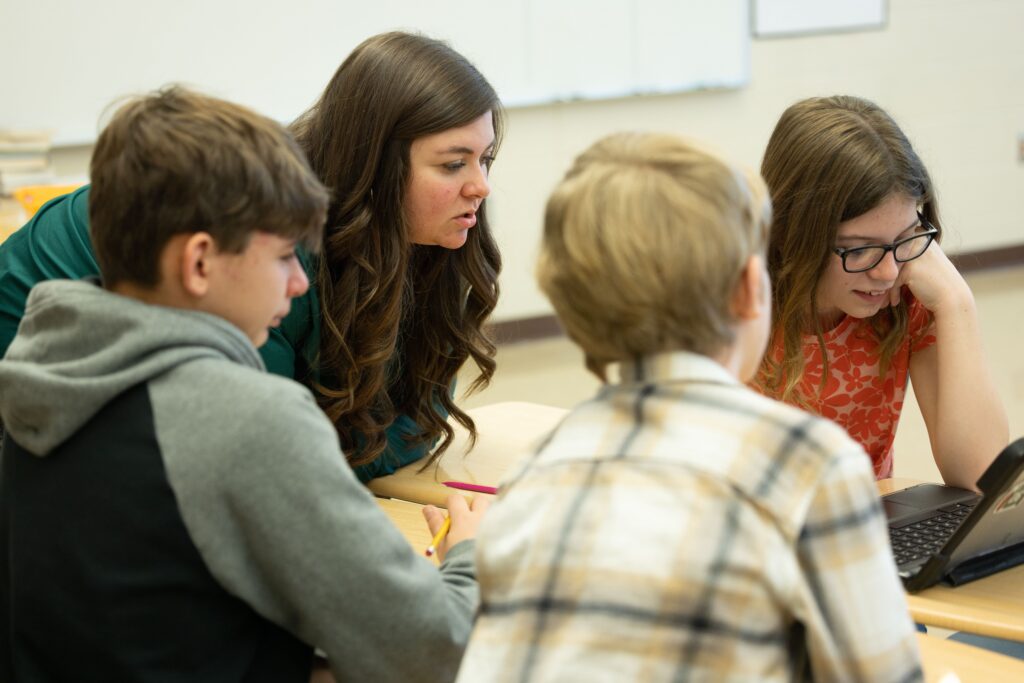December 2023

Teachers are spies. Wouldn’t you agree?
Teachers constantly gather intelligence to determine where students are in their learning process. They are searching for each student’s zone of proximal development (ZPD). The zone of proximal development is a concept in educational psychology that represents the space between what a learner is capable of doing unsupported and what the learner cannot do even with support. With any intelligence gathering, there are key opportunities to observe, assess, and then take action. In the classroom, these opportunities are known as “discretionary spaces.” Within a discretionary space, teachers can make choices to assess a student’s zone of proximal development and decide what actions they can take.
In a CPM classroom, a teacher typically takes action not only by posing purposeful questions, but also by implementing a Study Team and Teaching Strategy or transitioning to a different mode of instruction. However, when the intelligence that a teacher gathers is artificial (that is, the teacher assumes something will happen but it really has not), a teacher is at risk of incorrectly assessing a student’s ZPD. Teachers can gather “artificial” intelligence by only noticing the thinking of a single student in a team. An example of this would be to pose a question to a team, hear the response of one student in that team, and then make assumptions about each students’ ZPD based on that single response.
There is a difference between the team’s ZPD and each individual student’s ZPD—this is the fundamental rationale for implementing teams in the first place. A team is the support system that raises the ZPD of the individuals within the team. A well-functioning team should be able to reach a much higher level of thinking unsupported by a teacher than each individual within the team could reach alone. When a teacher pre-judges a team’s ability to think through a problem based on the past performance of individual students, they are using assumed, or “artificial,” intelligence of that team’s capabilities. Making statements such as, “This team has my low-kids, so they need more support,” is not only inequitable, but it is also limiting. When this happens, the teacher might incorrectly assume that the team needs the teacher to scaffold the problems.
A strategy that closes the gap between an individual student’s ZPD and the team ZPD is to exercise patience. When students have time to think about the problem before the teacher intervenes, they become a part of the problem-solving process with their team. Teachers who allow students this time or use strategies that include thinking time, such as Think-Ink-Share or Teammates Consult, seem to have more students involved in the problem-solving process. Both of these strategies benefit a teacher’s intelligence gathering. Patience and thinking before taking action help teachers craft better questions and make appropriate strategy decisions. Students may just surprise you with how little support they need.

John Hayes, Victoria Holt
johnhayes@cpm.org
victoriaholt@cpm.org

